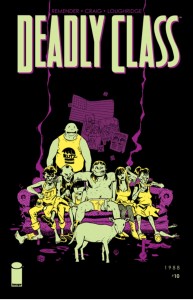 I don’t read comics for laughs, expecially Deadly Class. Issue #10 keeps a frenetic pace, but still manages to add a scene that had me laughing big time. It’s not all laughs though and again I’m hanging for the next instalment.
I don’t read comics for laughs, expecially Deadly Class. Issue #10 keeps a frenetic pace, but still manages to add a scene that had me laughing big time. It’s not all laughs though and again I’m hanging for the next instalment.
More than a must-read.
9.5/10


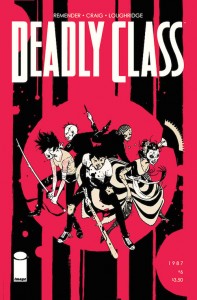
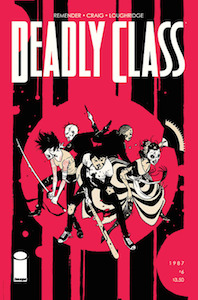

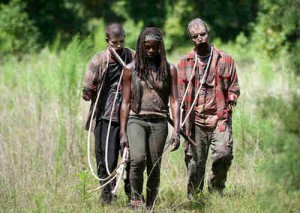
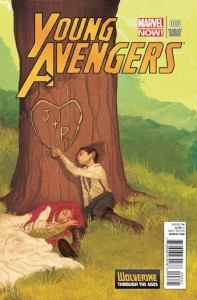
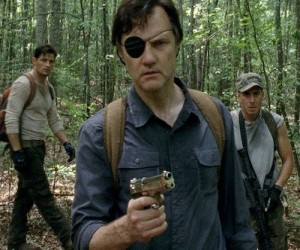
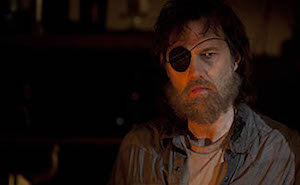
 RSS - Posts
RSS - Posts
Recent Comments